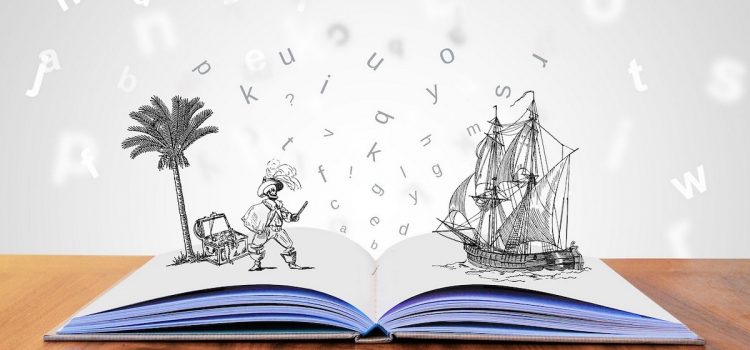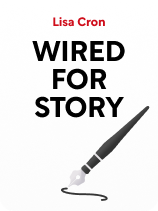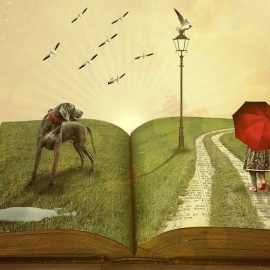

This article is an excerpt from the Shortform book guide to "Wired for Story" by Lisa Cron. Shortform has the world's best summaries and analyses of books you should be reading.
Like this article? Sign up for a free trial here.
What are the elements of a narrative? What story ingredients do our brains expect to find?
Writer and producer Lisa Cron contends that humans require stories to engage our brains in the way our brains process information. She believes that we developed certain expectations for narratives. So, if a writer wants to engage readers’ brains, they must provide these expected elements.
Keep reading to learn what these essential ingredients are and why they meet readers’ cravings.
The Elements of a Narrative
Storytelling was developed to help us remember important information and use that information to make predictions. In order for us to pay attention to these narratives, they had to be presented in a way that appealed to how our brains process information. This caused us to develop expectations for what a story should be like, and, if a story doesn’t meet these expectations consistently, we won’t keep listening—or reading.
So, what are the elements of a narrative that make it engaging? According to Cron, they are the protagonist, the protagonist’s goal, the plot, and what the story’s truly about (the underlying lesson). These are the things that our brains crave to envision what’s going to happen next, and this anticipation is at the heart of our evolutionary need for narrative.
The protagonist is the character whose shoes we’re stepping into. They provide us with our point of view for the rest of the story, and they’re the lens through which we’ll interpret everything that happens.
The protagonist’s goal is the overarching objective or aim of the protagonist. This is what drives the story internally. It’s how we know what’s at stake for the protagonist, and we gauge everything that happens (the plot) based on the protagonist’s goal.
(Shortform note: Some writers recommend basing your protagonist’s goal on one of the categories in Maslow’s Hierarchy of Needs, which consists of physiological needs, safety needs, love/belonging needs, esteem needs, and self-actualization needs.)
The plot refers to the actual events that occur in the narrative. This is often mistaken for what the story’s about, but what the story’s truly about is how the protagonist changes as a result of the story’s events. Plot is the external events of the narrative, while the story is about the protagonist’s internal reactions.
These elements demonstrate that stories are about how we, rather than the world around us, change.
(Shortform note: Cron’s description of what the story’s about refers to a story’s focus, and while Cron recommends that your narrative be character-focused, some stories are plot-focused, which means the story is more about how the world around the character changes rather than how the character’s internal state changes. Still, plot-focused narratives do contain the element of change that Cron emphasizes—but the change in question primarily happens to people around the main character, instead of the main character themselves.)
| Alternate Descriptions of Narrative Elements Some experts use different terms and definitions to describe the four elements Cron lists. For example, many distinguish between the protagonist and the main character in a story. According to them, the protagonist is the character who moves the plot along, while the main character is the character whose point of view we take on (which is Cron’s definition of the protagonist). While the main character and the protagonist are usually the same character, there are some stories where the protagonist and the main character are different, such as F. Scott Fitzgerald’s The Great Gatsby, Arthur Conan Doyle’s Sherlock Holmes stories, and Herman Melville’s Moby Dick. Cron limits her basic narrative elements to four, but other experts differ on the number and nature of these essential elements. Some suggest that there are as many as 12 and include things like an antagonist—the force that stands in the way of the protagonist achieving their goal. Cron does explain that a conflict with an opposing force is needed for story, so a writer just laying out their basic building blocks for a narrative may find it helpful to immediately identify an antagonist along with their protagonist. |

———End of Preview———
Like what you just read? Read the rest of the world's best book summary and analysis of Lisa Cron's "Wired for Story" at Shortform.
Here's what you'll find in our full Wired for Story summary:
- How humans have a neurological need for stories
- The formula that the human brain expects to encounter in a story
- How to build a protagonist that engages your reader






